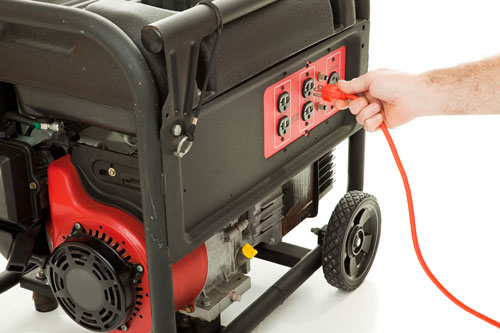After returning to the office (post Hurricane Florence), we had wanted to share some of our experience about what to consider when returning home after a hurricane. We knew first hand all the practical to dos and felt we could share some of our perspective as architects. We then determined there was more information we could share with our clients and fellow Lowcountry residents about preparing your home before a hurricane. There is a lot to evaluate–both if you plan to evacuate or if you plan to shelter in place–the following are some items to consider.
Preparing Your Home Before a Hurricane
The following is a list of what those of us in the Lowcountry can do to protect our homes prior to evacuating for a Hurricane
- Turn off the water main to the house at the street or shutoff under the house
- Turn off the main breaker at the electric panel
- Turn off propane gas or natural gas either at the tank or at the main line outside of your home
- Cover windows and doors with plywood panels or close and fasten shutters if you have them.
- Tidy up your yard and safely store your patio and lawn furniture and grill to reduce the risk of the wind or flooding moving objects and causing damage.
- In our office, we protected the company information by making a back up of all of our files and took one copy off site as well as stored another copy on Dropbox. We protected all of our equipment by disconnecting all of our computers, monitors, as well as the surge protectors so a lightening strike would not damage any equipment. We moved all of the computers to a small interior room and put them all on a high counters. We covered all of the monitors with plastic. Later when we got evacuation orders, I took most of the computers with me as I did not want the inconvenience or expense of trying to replacing them if the office was damaged.
What to Do If You Plan to Stay in Your Home During a Hurricane
If you live in an area where you can expect flooding or high wind speeds, we strongly advise you to prepare your home and then evacuate to a safe place. If you decide that you will not be at risk, the following is a list of how to prepare:
- Make sure to kee
 p adequate food and water on-hand to last, at least a week. You can buy bottled water, but you can also fill reusable large water containers. Do not drink from city water following a storm until your local municipality has issued a safe drinking order.
p adequate food and water on-hand to last, at least a week. You can buy bottled water, but you can also fill reusable large water containers. Do not drink from city water following a storm until your local municipality has issued a safe drinking order. - Fill the bathtub with water to be used for flushing toilets and/or drinking water for pets.
- If you have the means, have a generator on standby and place in an elevated location outside your home.
- Stock up on batteries, flashlights, and cash. Cash is king in the case of an emergency!
- Gas up your vehicles and keep extra gas on hand (portable tanks). This can be used for chainsaws or generators in the event they are needed.
- Keep a grill and charcoal stocked
This list is by no means comprehensive, but we wanted to share our thoughts from an ‘architect’s perspective’ about what we thought about when returning home after a hurricane. If you have any great ideas you’d like us to add to this list, please contact us at info@swallowtailarchitecture.com

